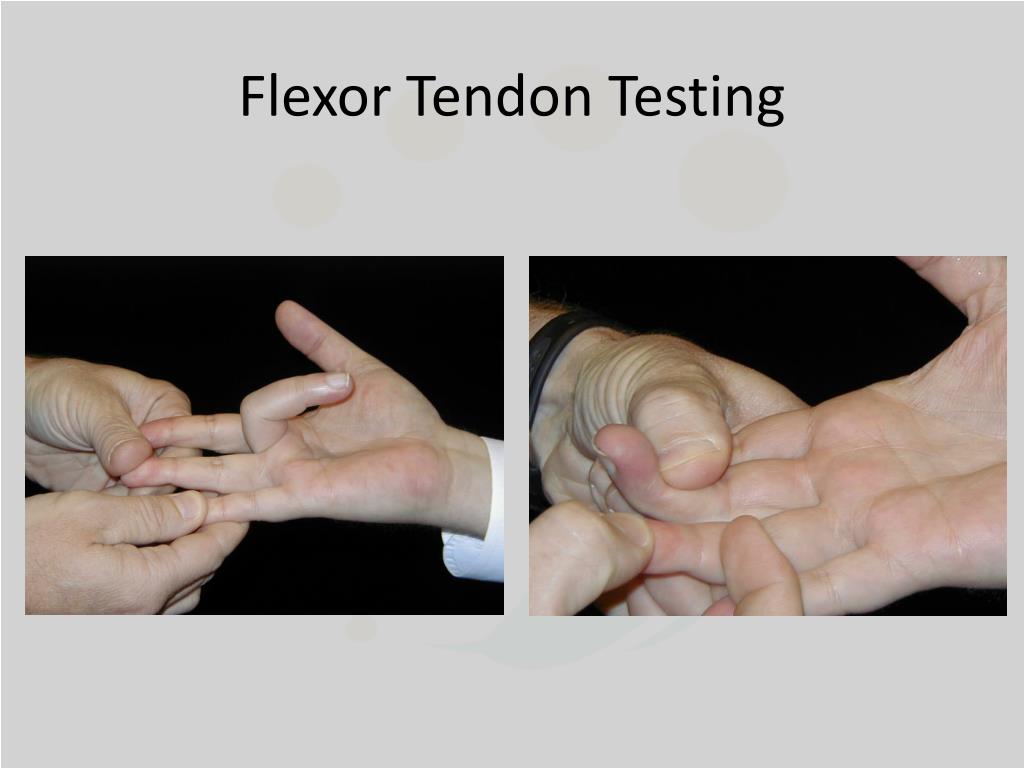
These at risk positions are flexion and internal rotation in late recovery phase and abduction and external rotation in late push off. Research on skating biomechanics has shown that the hip is in an “at-risk” position during skating to develop issues such as FAI and labrum tears (Stull, Philippon, LaPrade, 2011).

It has become a well known fact that a high percentage of hockey players have FAI and labrum tears (Siebenrock, Kaschka, Fauchiger, Werlen, Schwab, 2013, Philippon, Ho, Briggs, Stull, LaPrade, 2013, Epstein McHugh, Yorio, Neri, 2012). Chronic strain on these muscles can have lasting effects on range of motion. Although athletes may not feel the DOMS in their hips after a game/practice, there is a significant amount of strain on those muscles and there will be some onset of DOMS which reduces range of motion. The next day, your arms will be so sore that you won’t be able to fully extend them.

I like to use the analogy of going to the gym and doing 100 bicep curls. The repetitive nature of sports places continuous strain on muscles. This finding suggests that the decreased range of motion could be caused by soft tissue restrictions. However, there were no differences in radiographic images which would have shown signs of FAI, which is known to reduce hip range of motion. The main finding of their study was that the athletes had decreased hip ranges of motion. (2016) compared hip ranges of motion between athletes (soccer and ice hockey players) and non-athletes. They also found that increasing skating speed increases angular velocity at the hip joints, which means there will be an increase in the rate of strain on the hip muscles.Īnother study by Jonasson et al. The adductor magnus is eccentrically active during late push-off to decelerate the leg and transition from push-off to recovery where the adductor magnus is concentrically active. The second spike was during propulsion-recovery, where they found that the adductor had the greatest increase in magnitude and in duration. The first spike was at blade-ice contact, where the adductor magnus would work to stabilize the stance leg.

They found two spikes in EMG in all muscles, however the greatest spike was in the adductor magnus. Chang, Turcotte, & Pearsall (2009) have looked at muscle function of the hip adductor group in forward skating through EMG testing at different skating speeds. One group of muscles that is commonly tight in hockey players is the adductor group, which is an antagonist muscle to all three movements occurring at the hip during the hockey stride. Every stride is achieved by an explosive extension, abduction, external rotation at the hip (Robbins, Turcotte, & Pearsall, 2018).

Here are 3 reasons why hockey players might have tight hips: One common complaint I hear from athletes in general, but in particular hockey players, is that they have tight hips.


 0 kommentar(er)
0 kommentar(er)
